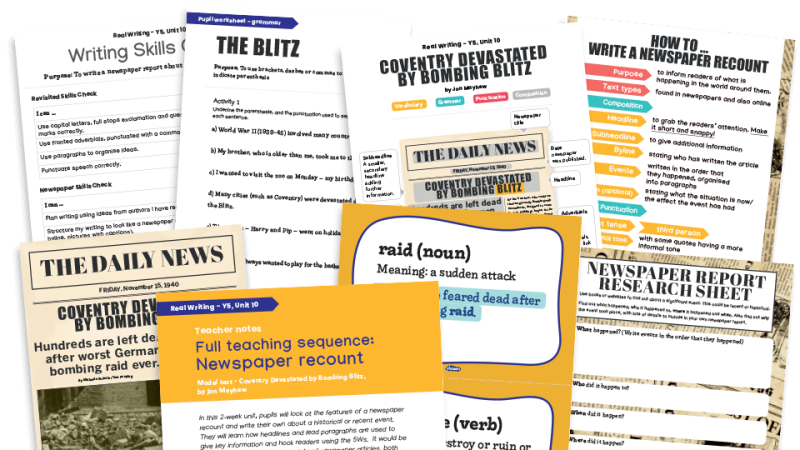8 challenges your early years setting will face in 2018 – How will you respond?

It’s the time of year for both reflection and prediction so what do the next 12 months hold for your setting? Kathy Brodie picks eight areas to watch…

- by Teachwire

1 | Using neuroscience
There’s a growing understanding of how neuroscience can inform good practice. Often it reinforces existing ideas, eg that a rich, multisensory environment is best for children’s learning and development.
However, it’s important to begin to understand the why behind the good practice, and that’s the real strength of neuroscience. By understanding the neurological basis of development, practice can be differentiated for individual children, improved with reflection and explained to parents and colleagues.
Which area of your practice has been informed by your knowledge of neuroscience?
2 | Talking tech
Babies and young children are accessing technology at home and in setting with increasing regularity, and the trend looks likely to continue. This creates both benefits and challenges, but the critical thing is how settings and schools go about incorporating technology into good practice.
This might include teaching children about internet safety, or using technology to facilitate making choices.
How do you accommodate children’s use of technology in the classroom?
3 | Going digital
Similarly, practitioners and parents are using technology in many new ways. The use of electronic systems to record observations is growing, affording good opportunities to share children’s progress with parents and extended family.
Practitioners can send messages to, or receive communications from, parents almost instantly, and with ease. Many settings have websites and Facebook pages, and these platforms will almost certainly replace the weekly printed ‘newsletter’ before long.
Do you have a strategic plan for growing and managing your communication methods?
4 | Starting school
There currently seems to be a stronger voice for children to have a kindergarten year, or to transition into formal schooling at a later age.
This may create challenges for schools, settings and parents, as the theories of good child development may seem at odds with existing statutory requirements.
However, practitioners within schools have translated some of the theory into good practice by offering a more play-based curriculum to children in their earliest years.
How do you differentiate for very young children in a cohort?
5 | Preterm births
There is a general trend of more babies surviving very and extremely preterm births, thanks to medical advances.
The full implications are not yet fully understood, but there is research, in particular by Professor Barry Carpenter and Dr Carolyn Blackburn, that’s beginning to reveal some preterm children who have specific difficulties.
With this in mind, it may be that future registration forms should include details about children’s birth and pre-birth.
How do you currently discuss a child’s birth and earliest days with parents?
6 | Mental wellbeing
There is a growing public awareness of mental health, and how critical it is to wellbeing.
PSED has been a foundation for children’s learning in the early years for a long time, but ‘mental health’ is becoming more prominent.
Thanks to the likes of Dr Suzanne Zeedyk and Jane Evans, we have a greater understanding of how to build resilience, spot signs of anxiety and support children who have experienced trauma.
When did you last undertake professional development on this vital area of children’s development?
7 | Prepared for change
Some changes the ever-adaptable early years sector can absorb and embrace, eg the constant updating of the EYFS.
Others are harder to manage, with consequences that will last for years, such as the maths and English GCSE requirements, which proved too great an obstacle for some people and resulted in good practitioners leaving the sector.
The skills and labour gap this has caused may persist far into the future.
What changes can you see for this year that will have a long-lasting effect?
8 | Free hours
The funded 30 hours scheme looks set to change the landscape permanently for the early years sector. There are myriad possible outcomes from this:
- It may require childminders to provide a larger proportion of care.
- It may mean that settings must open earlier and close later, or weekend care being offered alongside the more traditional Monday to Friday.
- It’s almost certain that the altered funding structure will cause many providers to reflect on their offer to parents.
How do you think your provision may be affected by changes in funding?
Kathy Brodie is an Early Years Professional and trainer based in East Cheshire. She has worked in both nurseries and schools, and today specialises in the Early Years Foundation Stage and special educational needs. For more information, visit kathybrodie.com.











